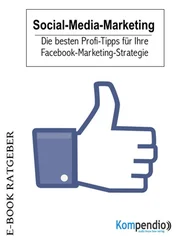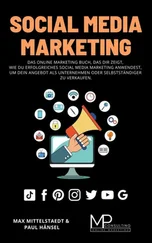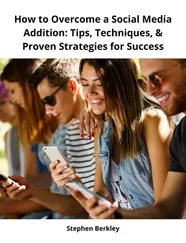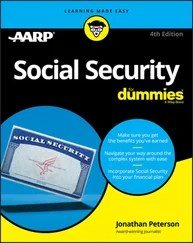1 ...7 8 9 11 12 13 ...22 Use interactive social advertising.Think about this scenario for a moment: You visit a major website like www.cnn.com and see a large advertisement on the right side. The advertisement asks you to sign up for suggestions about local deals in your neighborhood. That’s an example of the ad unit becoming a platform for social interaction. There aren’t too many examples of social ads online, but we’re seeing more companies experiment in this space. Figure 1-6 shows how an ad appears on CNN’s website.
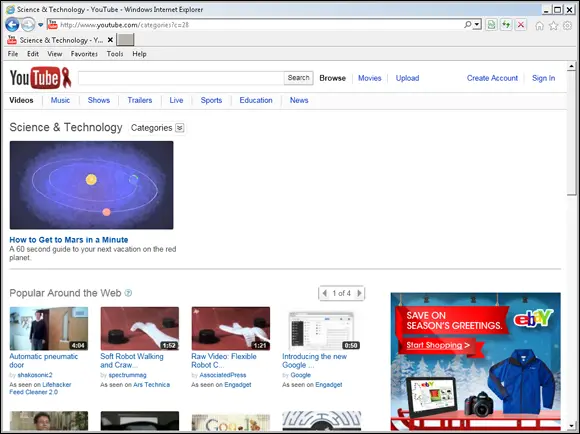
FIGURE 1-5:An eBay placement ad on YouTube.
Promotions are another important type of marketing activity that’s affected by social influence marketing, owing to the fact that as people communicate with each other more, they have less time to participate in product promotions. But it also presents unique opportunities for marketers to put the potential of social influence marketing to good use.
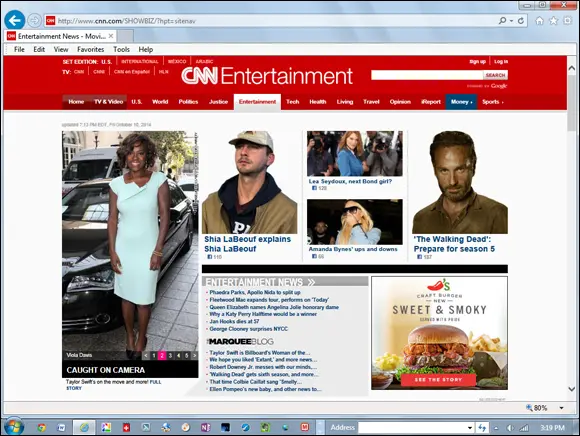
FIGURE 1-6:Advertising on CNN.
Consider this: Promotions are primarily about incentives that are designed to stimulate the purchase or sale of a product in a given period. Promotions usually take the form of coupons, sweepstakes, contests, product samples, rebates, and tie-ins. Most of these promotions are designed as one-off activities linking the marketer to specific customers. However, by deploying social media marketing concepts, you can design promotions that require customers to draw in their social influencers, whether it’s to participate in the contest or sweepstakes with them or to play an advisory role. By designing the promotion to require social influencer participation (it needs to be positioned as friends participating), the specific promotion may get a lot more attention than it normally would have. What’s more, you can now design promotions geared directly to driving social influence among people in a given network. We discuss promotions in Chapter 4.
Taking Social Influence Beyond Marketing
As we hint in the earlier sections, the benefits of social media marketing extend beyond the core domain of marketing. If you harness the power of social influence marketing to change other parts of your business, you stand to gain the most. You can use SMM to mobilize groups of people to take specific actions, make marketers better corporate citizens, and further social change — and through those efforts, enhance a brand, too.
Using social influencers to mobilize
Social influencers obviously play an important role in getting people to do things. And this extends beyond the world of marketing. What makes social influence different on the web is that it’s a lot easier to do now. Author Howard Rheingold was one of the first thinkers to identify this phenomenon in a book titled Smart Mobs: The Next Social Revolution (Basic Books). He discusses how the street protestors of the 1999 Seattle World Trade Organization (WTO) conference used websites, cellphones, and other “swarming” tactics to organize, motivate each other, and plan protests. The smart mobs (an intentionally contradictory term) could behave intelligently because of their exponentially increasing links to each other. Through those links, they influenced and motivated each other to perform tasks, form shared opinions, and act together. They used social influence marketing tactics on themselves to accomplish specific objectives.
In a seminal book, Here Comes Everybody: The Power of Organizing without Organizations (Penguin Press), Clay Shirky also focuses on the power of organizing and influencing using social technologies. As he explains, every web page can be considered a latent community waiting for people to interact, influence, and mobilize one another. People with shared interests visit the web page at various times and often seek out their peers’ opinions — not just opinions from the web page’s author. Shirky also discusses how Wikipedia, a user-contributed encyclopedia, can grow exponentially, publish efficiently, and self-correct using nontraditional corporate hierarchies.
We use the Seattle WTO protests and Wikipedia as examples to demonstrate how much social influence extends beyond the traditional realms of marketing into dramatically different domains. Driving the success of the Seattle WTO protests and the Wikipedia publishing model were two factors: social technologies that allowed people to contribute, participate, and converse easily, and technologies that allowed people to see what others were doing. The social influencers were at the heart of these efforts and many of the other “smart mob” initiatives over the years.
Twitter directly enabled protesters in Iran to organize in the wake of their 2009 elections, to such an extent that the U.S. State Department asked Twitter to delay a scheduled maintenance so that it wouldn’t disrupt communications among the Iranian citizens as they protested the reelection of President Mahmoud Ahmadinejad. And arguably, one of the key factors that drove the Arab Spring and the fall of the Egyptian government in March of 2011, was the ability to use social media to organize on a mass scale quickly as well as share media about the protests around the world at a time when the official government channels of communication were blocking everything. In fact, many people believe that the simple Facebook status update “Advice to the youth of Egypt: Put vinegar or onion under your scarf for tear gas” significantly helped the protestors.
More recently, on March 20, 2014, the Turkish government blocked Twitter following the circulation of leaked recordings that implicated the Turkish prime minister and members of his inner circle in sweeping corruption allegations. Although people hadn’t mobilized through Twitter, the Turkish government was worried that the leaked recordings would spread through the platform like wildfire and enable people to mobilize against the government. Just that fear was enough to make the prime minister order the blocking of Twitter.
In a similar fashion, social media became a battleground in Hong Kong’s protests in late 2019. Pro-democracy protestors used social media as a way to galvanize, document, and organize large-scale protests. It was also used by both the government and the protestors as a tool to influence public opinion. From circulating images of protestors being injured while protesting to actual video clips of police brutality and campaign posters, Instagram was widely used by protestors to influence. The government used Instagram and Facebook to publish images and video clips of protestors disrupting traffic and vandalizing shops in the streets. With the protests being leaderless, social media’s role as a connective tissue for the protestors was even more central to the protest than it had been in any other mobilization effort in the past.
But bringing the focus back to your company, this discussion of mobilization also demonstrates that you can harness those very same social media marketing philosophies to achieve other corporate objectives as well. We discuss those marketing philosophies further in Chapters 3and 22.
 Social media marketing isn’t just about how people influence each other by what they say on the social media platforms and on sites across the web. It also happens when people observe what others are doing online and offline. As a result, if you’d love others to mimic a certain type of customer behavior, make that behavior visible to everyone visiting the website. We don’t just listen to people we admire; we also copy what they’re doing.
Social media marketing isn’t just about how people influence each other by what they say on the social media platforms and on sites across the web. It also happens when people observe what others are doing online and offline. As a result, if you’d love others to mimic a certain type of customer behavior, make that behavior visible to everyone visiting the website. We don’t just listen to people we admire; we also copy what they’re doing.
Читать дальше
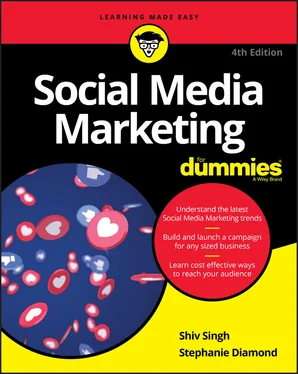


 Social media marketing isn’t just about how people influence each other by what they say on the social media platforms and on sites across the web. It also happens when people observe what others are doing online and offline. As a result, if you’d love others to mimic a certain type of customer behavior, make that behavior visible to everyone visiting the website. We don’t just listen to people we admire; we also copy what they’re doing.
Social media marketing isn’t just about how people influence each other by what they say on the social media platforms and on sites across the web. It also happens when people observe what others are doing online and offline. As a result, if you’d love others to mimic a certain type of customer behavior, make that behavior visible to everyone visiting the website. We don’t just listen to people we admire; we also copy what they’re doing.
